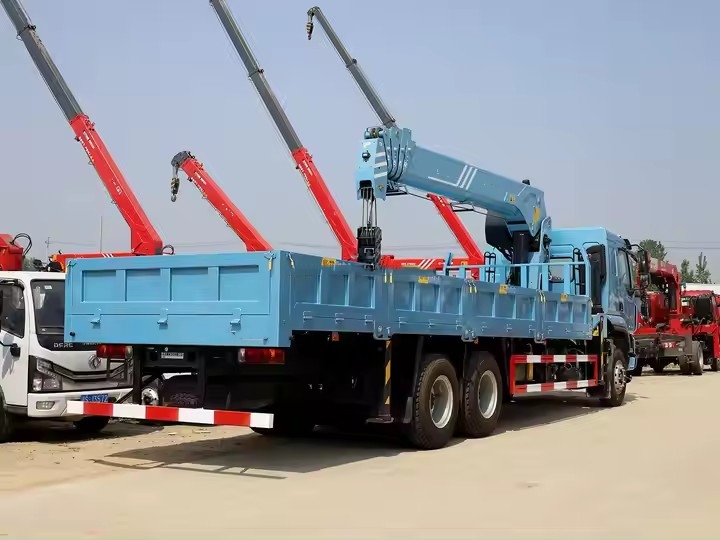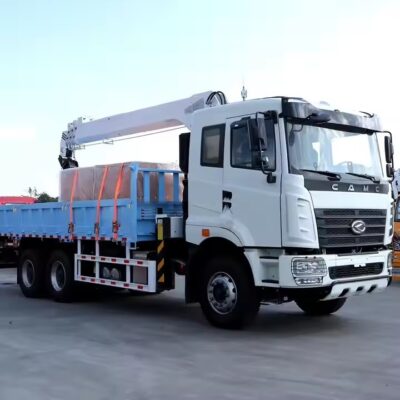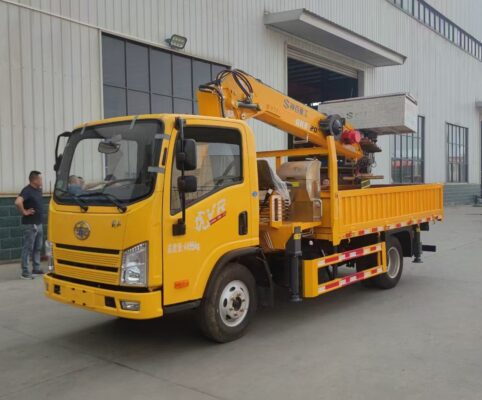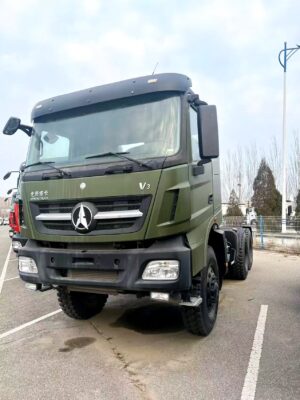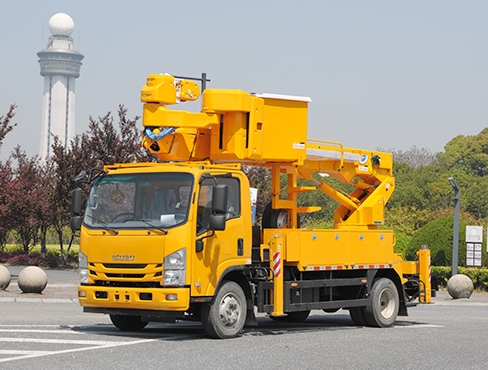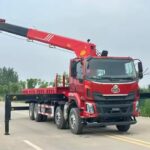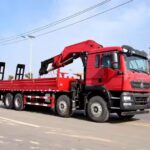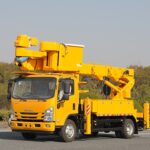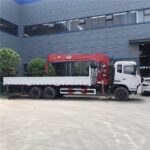Introduction
Conveyors are essential equipment in various industrial sectors, including mining, logistics, and manufacturing. Their proper installation directly affects operational efficiency, безпеки, and durability. This document outlines the installation methods of conveyors, key considerations, and necessary precautions to ensure smooth operations.
1. Preparation Before Installation
Before beginning the installation of a conveyor system, thorough preparation is necessary. Proper planning and pre-installation checks can prevent costly errors and ensure long-term operational efficiency.
1.1 Site Inspection and Foundation Preparation
- Conduct a detailed survey of the installation site to ensure that the location meets the design requirements.
- The foundation must be prepared according to the specified load-bearing capacity and structural stability.
- Ensure that the ground is level and strong enough to support the conveyor structure.
- If necessary, reinforce the foundation with concrete or steel supports to prevent settlement and misalignment.
1.2 Equipment Inspection
- Verify that all conveyor components are in good condition and free from defects before installation.
- Check for any damage that may have occurred during transportation.
- Confirm that all required parts, including rollers, belts, motors, and control systems, are available and meet the specified design requirements.
1.3 Installation Tools and Safety Equipment
- Gather the necessary tools, such as wrenches, welding equipment, measuring instruments, and leveling tools.
- Ensure that workers have proper personal protective equipment (PPE), including helmets, gloves, and safety goggles.
- Set up barricades and warning signs in the installation area to prevent unauthorized access.
2. Installation Process
The conveyor installation process includes assembling the structural framework, installing the drive system, aligning the components, and securing all parts to ensure stability.
2.1 Assembling the Structural Frame
- Position the support structures according to the design layout and secure them firmly to the foundation.
- Assemble the conveyor frame sections, ensuring that all connections are tight and secure.
- Use leveling instruments to verify that the structure is properly aligned and level.
- Weld or bolt the components together as required by the design specifications.
2.2 Installing the Drive System
- Mount the drive unit, including the motor, gearbox, and coupling, onto the designated frame section.
- Ensure that the drive system is aligned correctly to prevent excessive wear and tear on components.
- Secure all bolts and fasteners to prevent movement during operation.
- Connect the power supply according to electrical safety standards and conduct an initial test run to check for proper functioning.
2.3 Belt Installation and Alignment
- Place the conveyor belt onto the rollers and gradually unroll it along the conveyor frame.
- Ensure that the belt is correctly tensioned to avoid slippage and excessive wear.
- Use alignment tools to verify that the belt runs centrally along the rollers.
- Adjust tracking rollers as needed to maintain proper belt alignment.
2.4 Installing Rollers and Support Systems
- Install carrying rollers at equal intervals to support the belt and maintain smooth operation.
- Place return rollers beneath the conveyor to support the return section of the belt.
- Ensure that all rollers rotate freely and are correctly aligned to minimize friction.
- Lubricate bearings and moving parts to reduce wear and improve performance.
3. Electrical and Control System Installation
The electrical and control systems play a crucial role in conveyor operation. Proper installation ensures safety and efficiency.
3.1 Wiring and Power Supply
- Install electrical cables and conduits according to local electrical codes.
- Connect the power supply to the motor and control panel, ensuring proper grounding to prevent electrical hazards.
- Secure all electrical connections and test the system for proper voltage and current flow.
3.2 Installing Sensors and Control Devices
- Place limit switches, emergency stop buttons, and proximity sensors at key locations.
- Ensure that all sensors are properly calibrated to detect belt misalignment, overload conditions, or emergency stops.
- Integrate the conveyor control system with existing automation or monitoring systems for efficient operation.
4. Testing and Commissioning
After installation, rigorous testing is necessary to ensure the conveyor operates correctly and safely.
4.1 Initial Test Run
- Perform a dry run without a load to check for any unusual noises, vibrations, or misalignments.
- Verify that all safety devices, including emergency stops and alarms, are functioning correctly.
4.2 Load Testing
- Gradually introduce a load onto the conveyor while monitoring performance.
- Check for any signs of slippage, belt misalignment, or excessive strain on components.
- Adjust tension, alignment, or speed settings as necessary to optimize performance.
5. Maintenance and Safety Considerations
To ensure long-term reliability, regular maintenance and safety checks are essential.
5.1 Routine Maintenance
- Inspect the conveyor belt regularly for signs of wear or damage.
- Lubricate rollers, bearings, and other moving parts to reduce friction.
- Tighten loose bolts and fasteners to prevent structural failures.
- Remove debris and clean the conveyor to prevent material buildup.
5.2 Safety Precautions
- Conduct regular safety training for workers to ensure they follow proper operating procedures.
- Establish a lockout/tagout (LOTO) procedure to prevent accidental startup during maintenance.
- Keep emergency stop buttons accessible and functional at all times.
- Install guardrails and protective covers to minimize the risk of injuries.
Висновок
Proper installation of a conveyor system is critical for ensuring efficient and safe operation. By following the outlined steps and best practices, businesses can minimize downtime, reduce maintenance costs, and enhance productivity. Regular inspections, proper maintenance, and adherence to safety protocols will ensure the long-term reliability and efficiency of the conveyor system.

